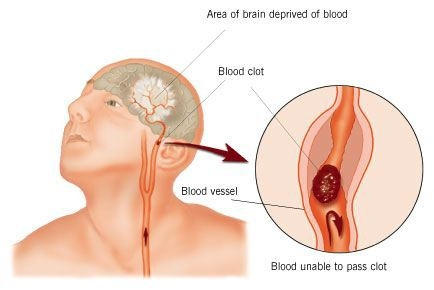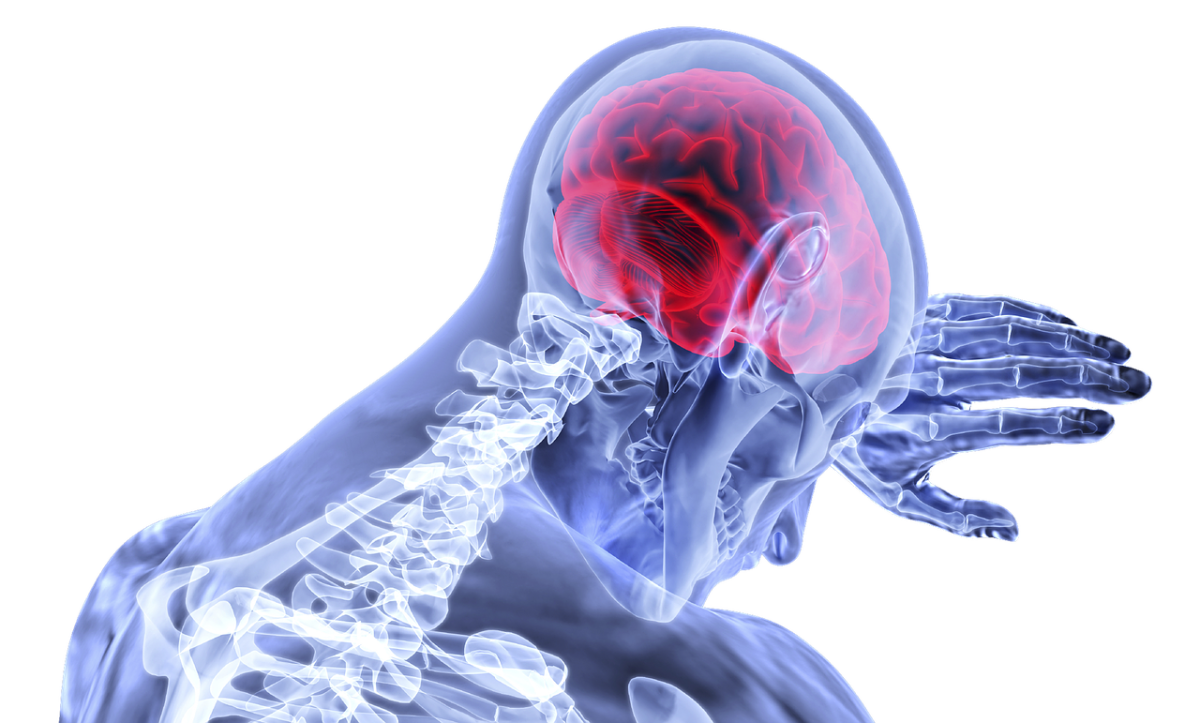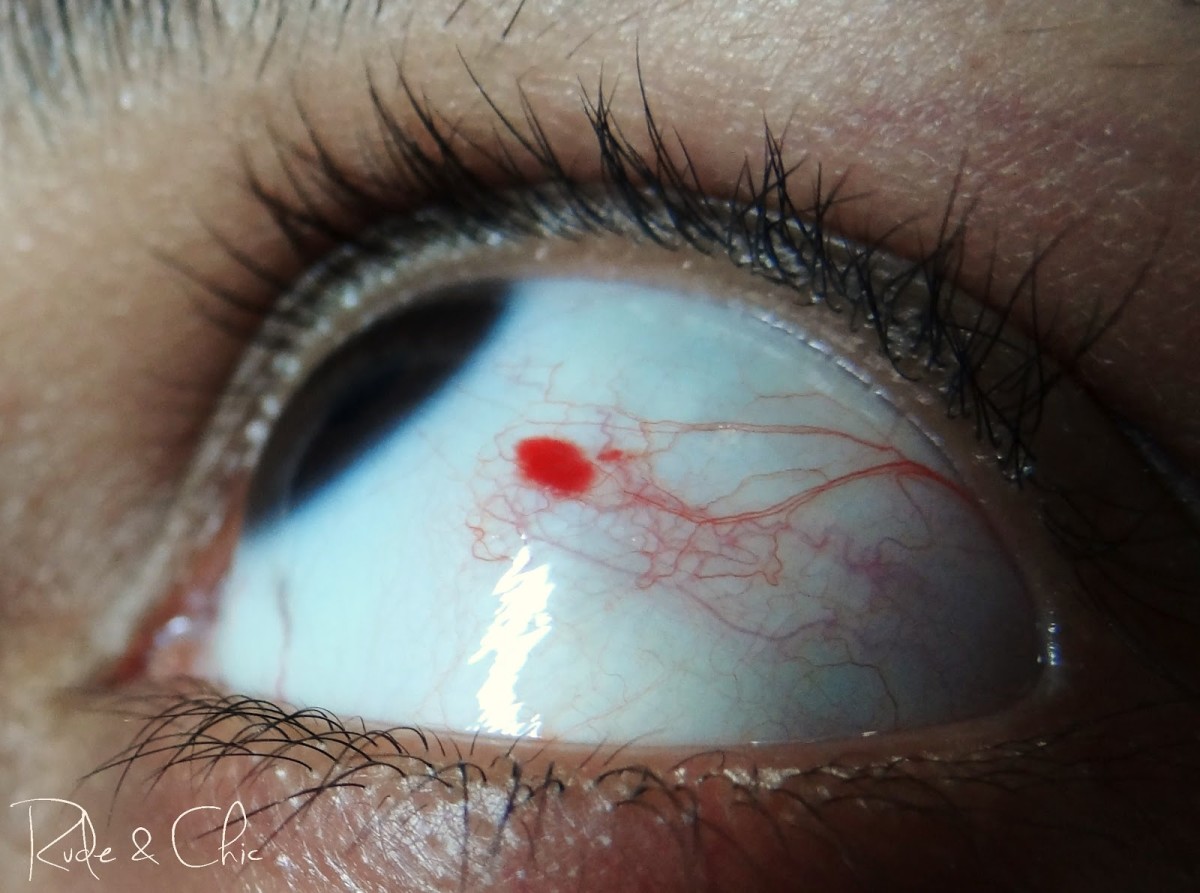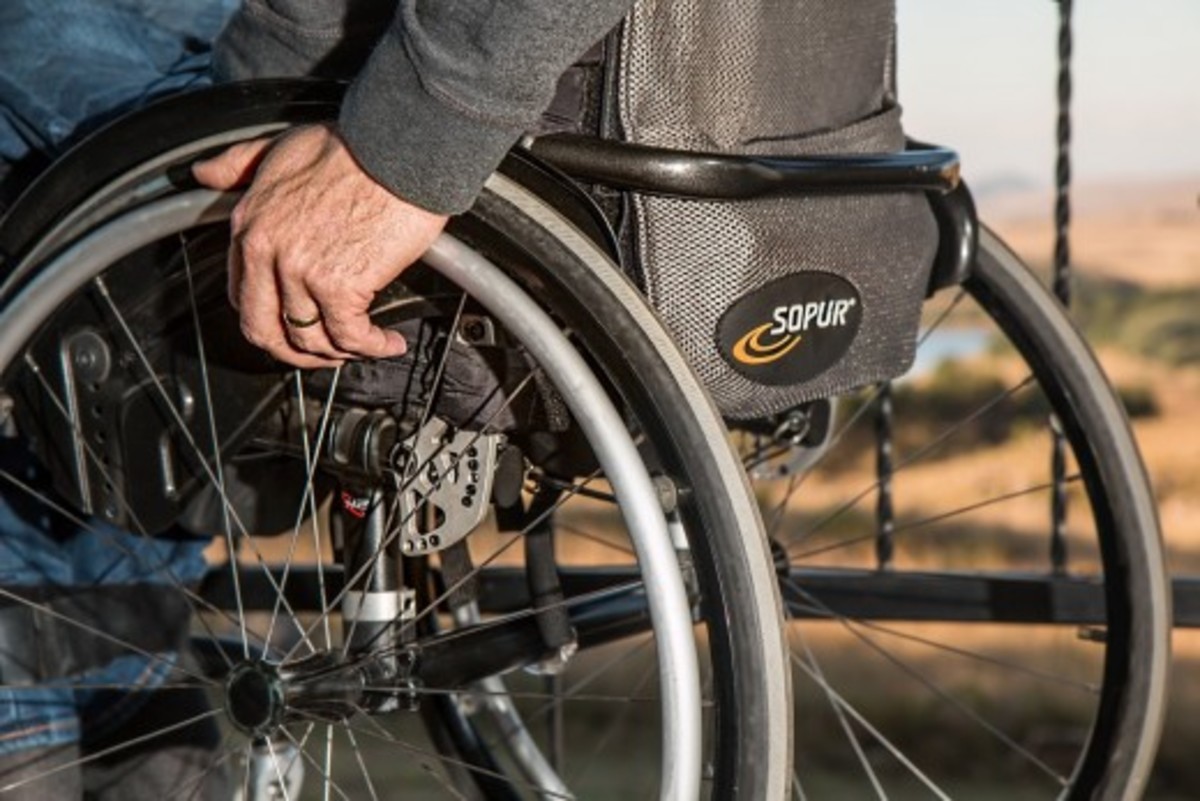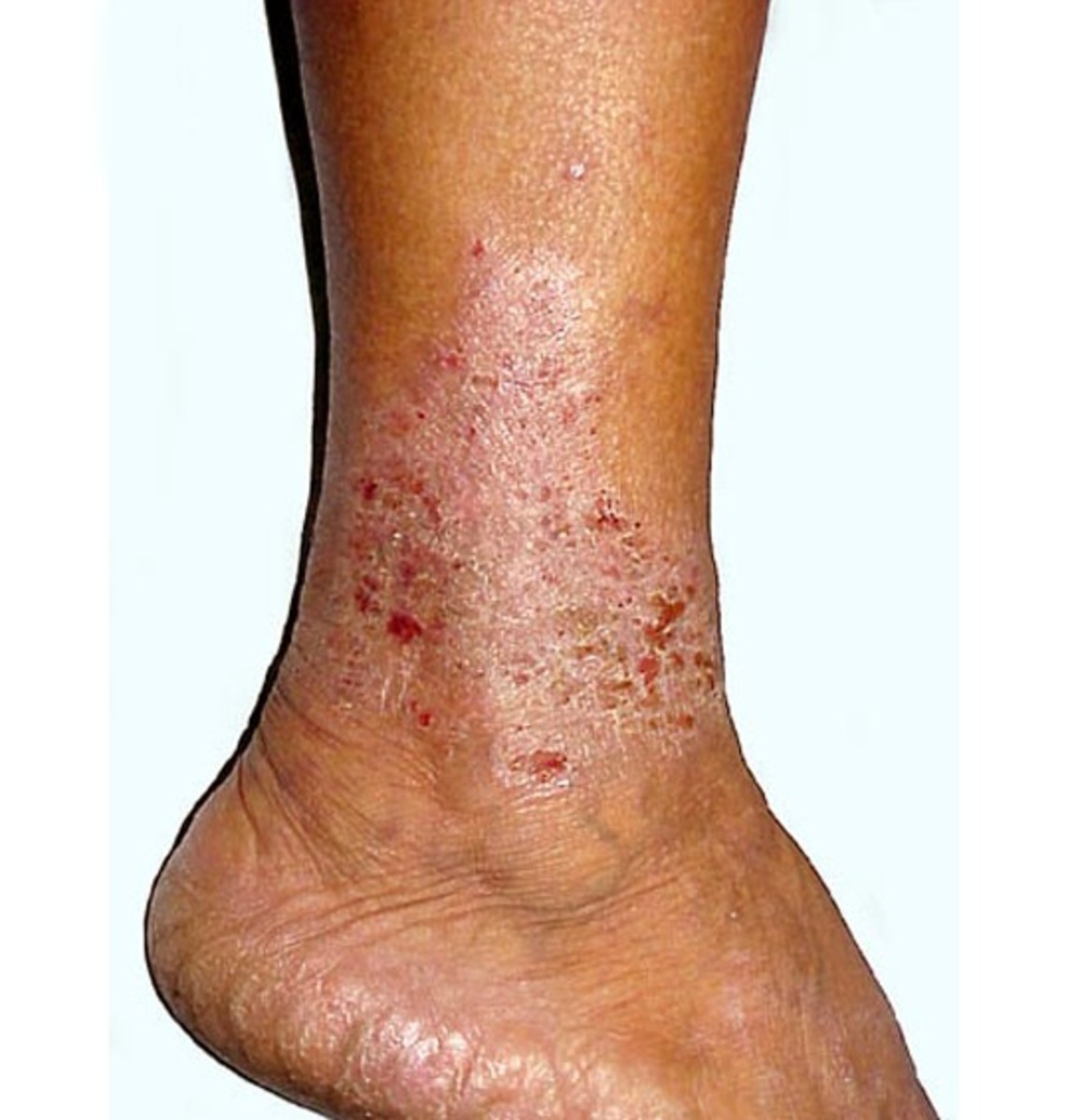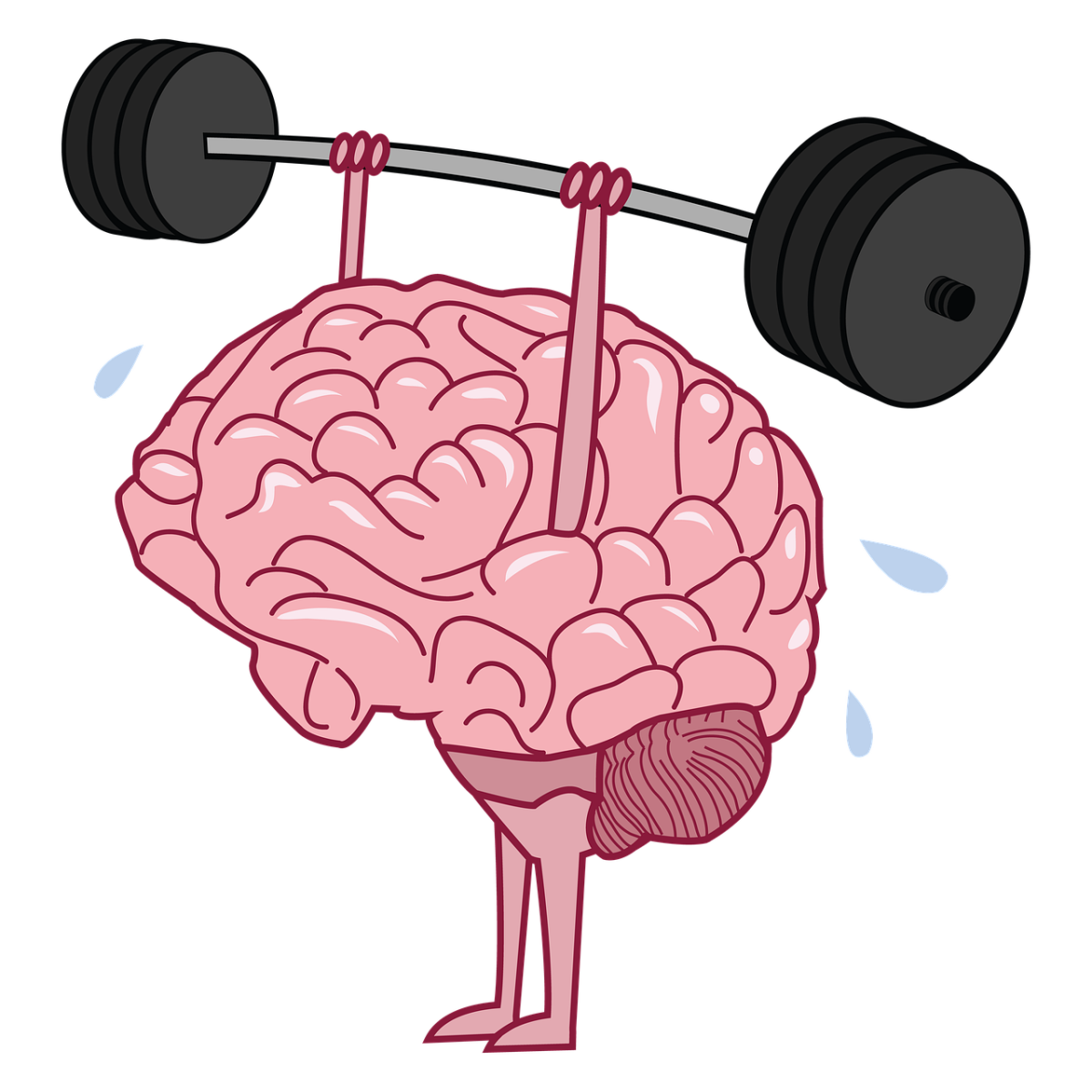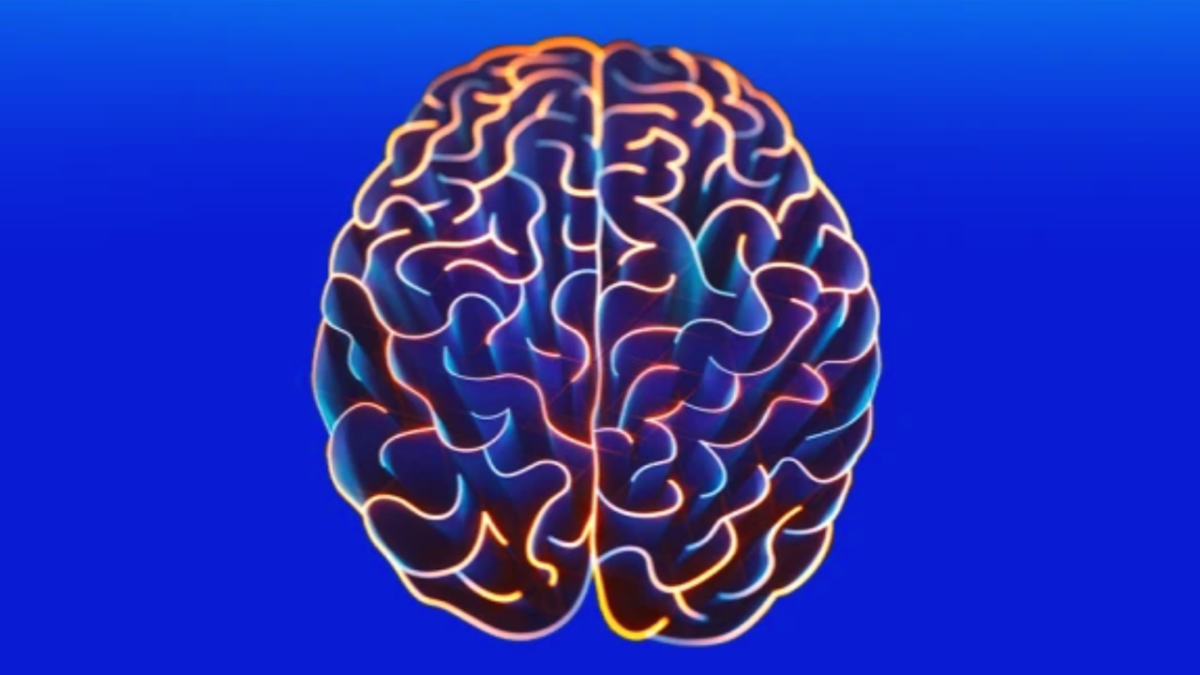Causes and symptoms of stroke
CAUSES AND SYMPTOMS OF STROKE
Causes
The most common cause of stroke is the blockage of an artery due a clot in the brain. Clotting of the blood vessel results in the lack of blood and oxygen in that part of the brain. As a result of this, the cells of that part will die. The clot formed due to the long term damaging effects of high blood pressure or diabetes leads to narrowing of blood vessels within the brain. The stroke caused by the blockage of a small blood vessel is known as lacunar strokes as they are looking like lakes. Another condition of blood clotting is atherosclerosis or thickening of arteries, in which the blood clot obstructs a larger blood vessel to the brain like carotid artery in the neck. The blood clot also formed due to embolism of the blood vessel to the brain from the heart or an artery. This type of clot travels through the open arteries and locates in an artery of the brain, which in turn obstructs the flow of oxygen rich blood to the brain resulting in a stroke occurs known as embolic stroke.
Second major cause of stroke is hemorrhage or the rupturing of an artery due to cerebral hemorrhage or subarachnoid hemorrhage. Cerebral hemorrhage reduces the blood and oxygen supply to the brain which causing great damage. Subarachnoid hemorrhage results in sudden, severe headache and often leads to complicated neurological problems like paralysis, coma and death.
The major risk factors of stroke are aging, high blood pressure, thrombophilia, and migraine with aura. Other risk factors include diabetes and some heart conditions like atrial fibrillation. Less common risk factors such as amphetamines or cocaine, ruptured aneurysms and inherited tendency to blood clotting are seen in younger individuals who are less than 50 years old. Homocystinuria is a condition that causes stroke in which a chemical homocystine is produced in the body in high levels. Homocystinuria is an example of genetic tendency. Vasculitis is another rare cause of stroke in which the inflammation of blood vessels takes place.
Symptoms
Symptoms of stroke develop rapidly. The brain stops to perform the usual tasks, if the brain cells are deprived of oxygen. Depending on the part of the brain that has been affected and amount of brain tissue damage, the symptoms are different. Small strokes do not show any symptoms, even if there is a damage in brain tissue and is known as silent strokes. There are five major signs of stroke according to the US National Institute of Neurological Disorders and Stroke. They are:
(1) There will be a sudden numbness or weakness on one side of the body such as face, arm or leg. There will be a complete or partial loss of voluntary movement or sensation. There may be an itching sensation in the affected area.
(2) Trouble in speaking or understanding and sudden confusion. Occasionally, there will be weakness in the face muscles which can cause drooling.
(3) Trouble in vision in one or both eyes.
(4) Difficulty in walking, dizziness, and loss of balance or coordination.
(5) Sudden and severe headache without any reason.
The symptoms of stroke vary according to the part affected. If it is affected to any of the central nervous system pathways such as the corticospinal tract, spinothalamic tract and dorsal column, the symptoms will be hemiplegia and muscle weakness of the face, numbness, and reduction in sensory or vibratory sensation.
Stroke affected on the brain-stem that consists of 12 cranial nerves can show symptoms such as:
(a) Altered smell, taste, hearing or vision
(b) Drooping of eyelid and weakness of ocular muscles.
(c) Decreased reflexes such as gag, swallow, and pupil reactivity of light.
(d) Reduced sensation and weakness in face muscles.
(e) Balance problems and nystagmus.
(f) Altered breathing and heart rate.
(g) Weakness in sternocleidomastoid muscle with inability to turn head to one side.
(h) Weakness in tongue.
If the cerebral cortex is affected, the CNS pathways also get affected and show the symptoms such as inability to speak or understand language, altered voluntary movements, visual defect, memory deficits, disorganized thinking, confusion, hyper-sexual gestures, and persistent denial of the existence. If the cerebellum is affected, the symptoms are walking trouble, altered movement coordination and disequilibrium.
Emergency medical attention is needed, if any of the symptoms mentioned above appear. To promote an optimal supply of blood to the brain, the affected person should lie flat. If there is any drowsiness, nausea or unresponsiveness from a person, the affected person should be lied to one side to avoid choking by his vomit.
